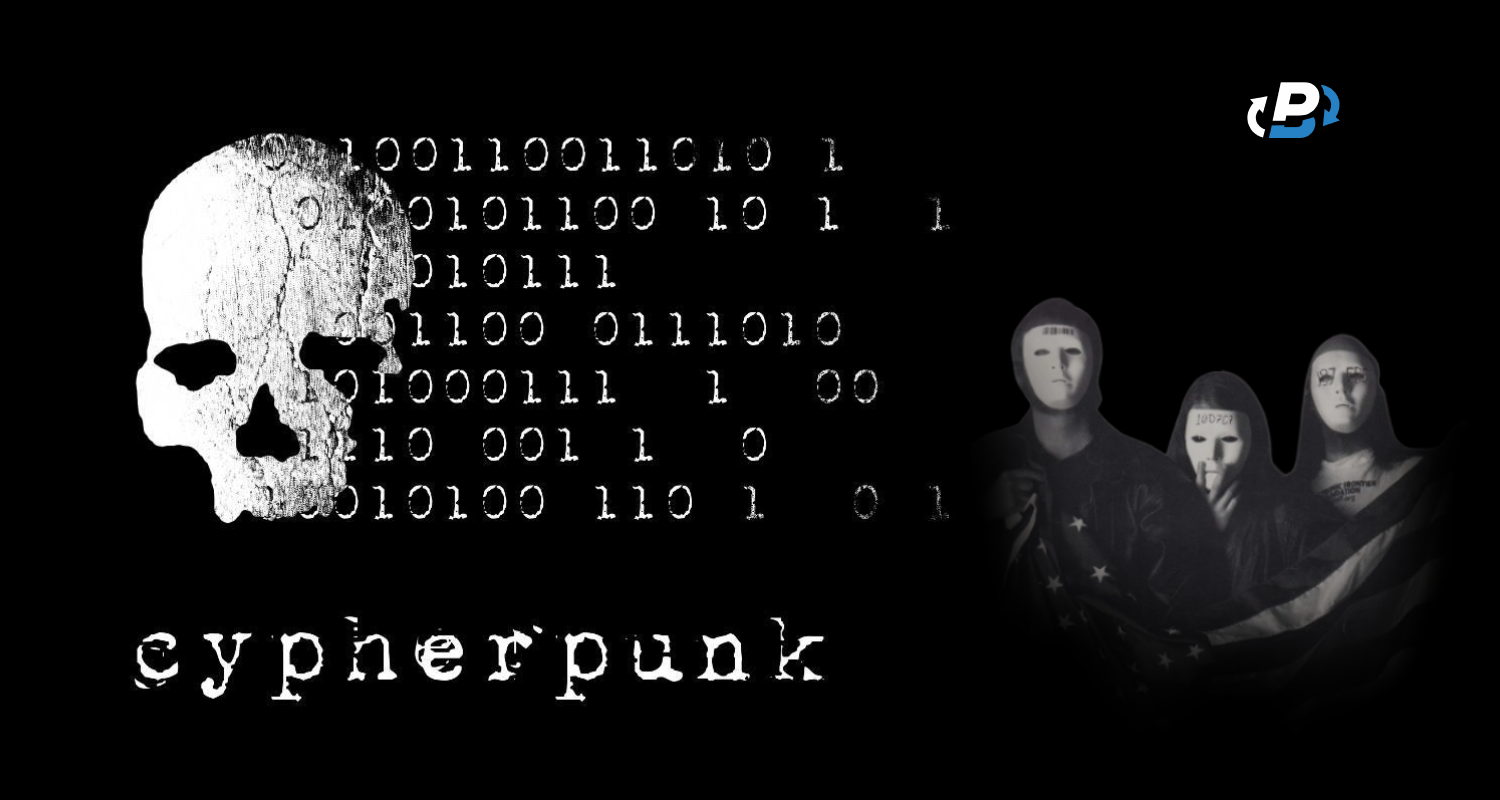Part 1: The Cypherpunk Dream - Before Bitcoin Was Born
Think dark web cafés, cryptography pioneers, anonymous legends, digital gold rushes… and a quiet revolution growing in the shadows.
“Crypto Tales: The Rise of the Bitcoin Revolution” begins here, with the secret movement that made it all possible: the Cypherpunks.
🧨 Before Bitcoin, There Was a Movement
Long before the world heard the word blockchain, there was a growing circle of digital philosophers and cryptography rebels: the Cypherpunks.
In the 1980s and 1990s, they foresaw a dangerous future - where surveillance, centralization, and control would dominate the digital age. They weren’t passive. They chose to fight.
One of their core beliefs?
“Privacy is necessary for an open society in the electronic age.”
They believed encryption and code were tools of liberation. Not just technologists - they were digital anarchists with keyboards. Names like Tim May, David Chaum, Hal Finney, and others emerged, exchanging encrypted emails and building early experiments in digital cash.
Their dream?
A future where money belonged to math, not to governments.
They tried. And failed. But in the process, they left behind building blocks like:
- Digicash by David Chaum
- b-money by Wei Dai
- Bit Gold by Nick Szabo
They were the prequel to Bitcoin - the mythology before the legend.
Q & A
💬 Q1: “Why were they so obsessed with privacy? There weren’t firewalls or massive surveillance back then.”
Great question. The Cypherpunks weren’t reacting to censorship - they were anticipating it.
Even in the early digital era, they noticed:
- Governments were attempting to regulate cryptography (e.g. the infamous Clipper Chip proposal).
- Corporations were beginning to centralize online services.
- Data was already becoming a tradeable commodity.
They saw what was coming, and decided to build armor before the bullets arrived.
“If privacy is outlawed, only outlaws will have privacy.”
- Cypherpunk Manifesto
That’s not paranoia. That’s strategy.
💬 Q2: “Who is Satoshi Nakamoto? The name doesn’t sound Western.”
Exactly. Satoshi Nakamoto first appeared in October 2008, right after the global financial crisis. He (or she, or they) published a now-iconic paper on a cryptography mailing list:
Bitcoin: A Peer-to-Peer Electronic Cash System
The name is Japanese. The writing style is not. No one knows who Satoshi really was.
Some theories:
- A pseudonym for a single genius or a collective.
- A deliberate misdirection to obscure identity.
- Possibly one of the early Cypherpunks, like Nick Szabo or Hal Finney.
One thing is certain:
Satoshi disappeared in 2011 without ever spending the fortune of BTC mined in the early days. No cashouts. No fame-chasing. Just silence.
Bonus Q: “Was the Clipper Chip the thing Snowden exposed?”
Not quite - but they’re deeply connected.
🔒 The Clipper Chip (1993):
A U.S. government proposal to install a “secure chip” in communication devices - with a built-in backdoor for NSA access.
A so-called “key escrow system” - they held your encryption keys “just in case.”
The cryptographic community revolted. The proposal was ultimately scrapped.
🕵️ Snowden (2013):
Edward Snowden revealed that despite the Clipper Chip’s failure, global surveillance had evolved:
- PRISM and other dragnet surveillance systems.
- Tapping into Google, Apple, and other tech giants.
- Secret deals to weaken encryption standards.
The Cypherpunks were right. The war on privacy never ended. It just changed form.
Coming Up Next:
In Part 2: Satoshi & Genesis Block, we’ll enter the moment history turned.
- The 9-page whitepaper that sparked a revolution
- The mysterious block #0, forever etched with a newspaper quote
- And the man who pressed “run” on the first Bitcoin node: Hal Finney
This is where theory becomes code, and code becomes currency.
Stay tuned - the chain is just beginning.

